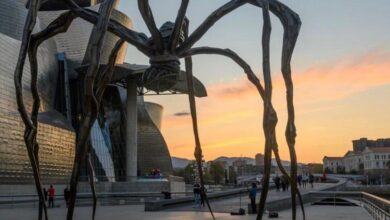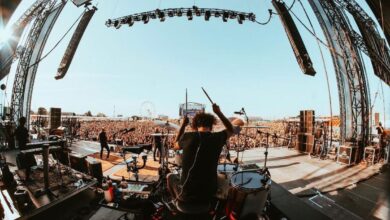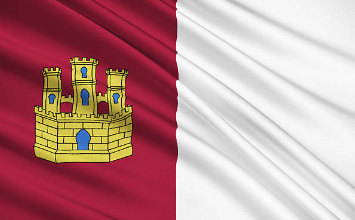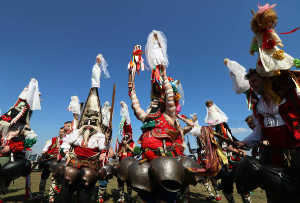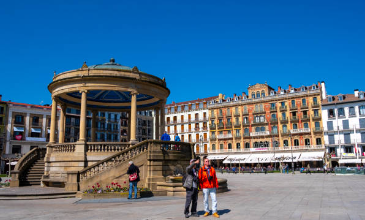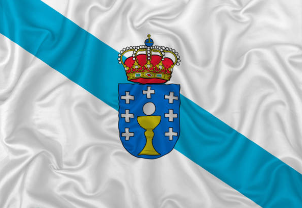
-
Discovering Galicia: Spain’s Hidden Gem
Tucked away in the northwest corner of Spain, Galicia is a region rich in culture, history, and natural beauty. Known for its lush green landscapes, rugged coastline, and distinct traditions, Galicia offers a quieter, more authentic experience compared to Spain’s more tourist-heavy regions. In this article, we’ll explore Galicia’s geography, cultural heritage, local cuisine, and top attractions.
-
Geography and Climate
Galicia is bordered by the Atlantic Ocean to the west and north, giving the region a long, stunning coastline. The region’s geography is defined by rolling green hills, dense forests, and dramatic cliffs that meet the sea. The region’s weather is cooler and wetter compared to the rest of Spain, thanks to its Atlantic climate. While summers are mild and pleasant, Galicia sees plenty of rain, which contributes to its lush, green landscape.
The region is divided into four provinces: A Coruña, Lugo, Ourense, and Pontevedra. Each province offers a unique mix of landscapes, from the sandy beaches of the Rías Baixas to the mountainous areas in the interior.
-
Rich History and Culture
Galicia has a distinct cultural identity that sets it apart from other Spanish regions. The region’s Celtic roots are still evident in its music, folklore, and festivals. Bagpipes, or gaitas, are a key element of traditional Galician music, reflecting its Celtic heritage.
Galicia is also famous for being the final destination of the Camino de Santiago, the ancient pilgrimage route that ends at the Cathedral of Santiago de Compostela. This city is one of the most important religious sites in the world, where pilgrims from across the globe come to pay homage to St. James. The Old Town of Santiago is a UNESCO World Heritage site, featuring beautiful medieval streets and stunning architecture.
The Galician language, Gallego, is widely spoken in the region and has co-official status alongside Spanish. Gallego has its roots in the medieval language spoken in the region and shares similarities with Portuguese, reflecting Galicia’s unique cultural blend.
-
Festivals and Traditions
Galicia is home to several traditional festivals, many of which celebrate the region’s Celtic roots and religious heritage. One of the most famous is the Fiesta de Santiago Apóstol, held every July in Santiago de Compostela. This religious festival includes processions, fireworks, and traditional music and dance.
Another key event is the Festival Internacional del Mundo Celta in Ortigueira, which celebrates Galicia’s Celtic heritage with music performances from across the Celtic nations. It’s one of the largest festivals of its kind in Europe, attracting thousands of visitors every year.
-
Galicia’s Gastronomy
Galicia is renowned for its seafood, thanks to its long Atlantic coastline. Some of the best seafood in Spain comes from this region. Pulpo a la gallega (Galician-style octopus) is one of the most iconic dishes, featuring boiled octopus seasoned with paprika, olive oil, and sea salt. Percebes (gooseneck barnacles), navajas (razor clams), and vieiras (scallops) are also regional delicacies.
The region is also known for empanadas, which are savory pies filled with meat, fish, or vegetables, and padrón peppers, small green peppers that are often mild but can sometimes pack a spicy punch.
Galicia produces excellent wines, particularly Albariño, a crisp white wine from the Rías Baixas region. The local wine complements the seafood perfectly, making Galicia a haven for food and wine lovers.
-
Top Attractions in Galicia
- Santiago de Compostela: The capital of Galicia and the endpoint of the Camino de Santiago. The Cathedral of Santiago is a must-visit, with its breathtaking Romanesque architecture and the tomb of St. James.
- Rías Baixas: This coastal area is known for its beautiful beaches, fishing villages, and delicious seafood. The Cíes Islands, a part of the Rías Baixas, are often called the “Galician Caribbean” for their crystal-clear waters and white sandy beaches.
- Lugo’s Roman Walls: The city of Lugo is home to some of the best-preserved Roman walls in Europe. These UNESCO-listed walls date back to the 3rd century and completely encircle the old town.
- Tower of Hercules: Located in A Coruña, this ancient Roman lighthouse is the oldest still-functioning lighthouse in the world. It offers stunning views of the Atlantic coast.
- Cabo Fisterra: Known as the “end of the world,” this dramatic cape was once believed to be the westernmost point of Europe. It’s a symbolic endpoint for many pilgrims walking the Camino de Santiago.
-
Conclusion
Galicia is a region where tradition, history, and nature come together to offer an unforgettable experience. Whether you’re wandering the ancient streets of Santiago de Compostela, exploring the rugged coastline, or savoring the region’s famous seafood, Galicia provides a rich and authentic taste of Spain’s northwest. Its blend of Celtic heritage, religious significance, and natural beauty makes it a hidden gem that every traveler should discover.
